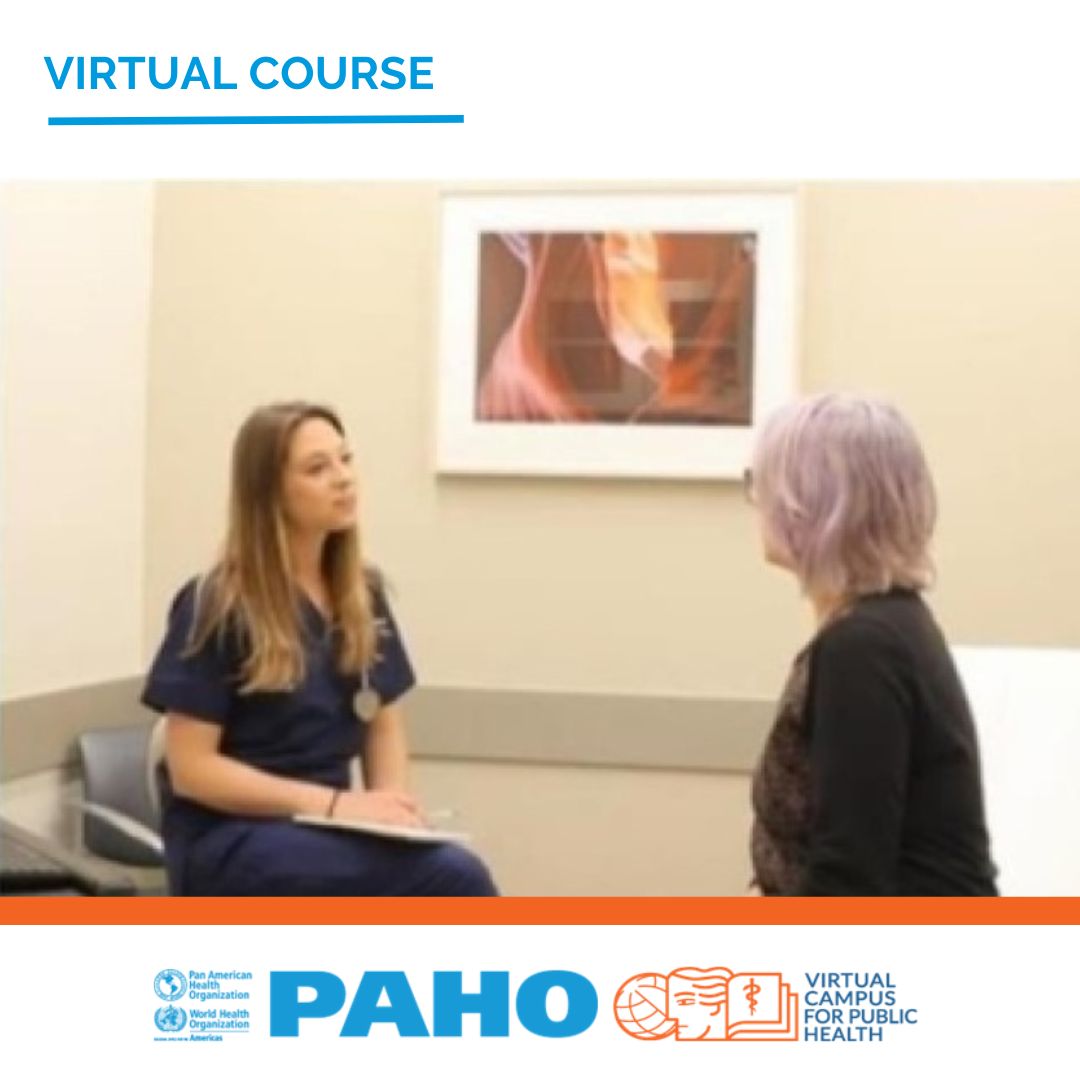Training for primary care providers: brief tobacco interventions - 2021 (WHO e-Learning course) (Ext 2023)

Introduction
Treatment of tobacco use and dependence is mandated in Article 14 of the World Health Organization Framework Convention on Tobacco Control (WHO FCTC) as a key component of comprehensive tobacco control strategy (1). The tobacco-related death and disease burden can be reduced considerably in the short to medium term if population-level tobacco control policies are complemented by interventions to support tobacco users to quit.
Treating tobacco dependence is also proposed as an effective intervention in reducing tobacco use and preventing noncommunicable diseases (NCDs) in the WHO Global Action Plan for the Prevention and Control of NCDs 2013-2020 (2). In order for the plan to be implemented successfully, the provision of technical resources and support to countries is needed for integrating tobacco dependence treatment into their NCD prevention and control programmes, along with high-level political commitment and concerted involvement of governments, communities and health-care providers.
Guidelines for implementation of Article 14 of the WHO FCTC highlighted the central role of the health system and recommended that brief advice be integrated into all health-care systems. However, in order to make brief tobacco interventions available throughout a country's health system at all levels of service delivery, the PHC setting should be the primary focus because PHC has the potential to reach the majority of tobacco users in many countries. Despite the evidence on the effectiveness and cost-effectiveness of brief tobacco interventions, more than 50% of health-care providers, especially those in low- and middle-income countries do not routinely deliver these interventions (3-4).
The low availability of tobacco cessation support in primary care is mainly caused by the weaknesses of their health-care systems, in which insufficient training has been cited as a major barrier to deliver brief tobacco interventions in primary care settings (5-7). This training course is designed in response to the unmet need to train millions of primary care providers, other health professionals and medical students (about 50% of primary care providers in the world), especially those in low- and middle-income countries, on delivering brief tobacco interventions.
The COVID-19 pandemic, and post-pandemic situation has led to an increased demand to strengthen cessation services using on-line tools. This online course is also aimed at attending such need.
Objectives
Upon completion of this training, participants will be able to:
- Explain the health, social and economic consequence of tobacco use and benefits of quitting;
- Explain the three elements of tobacco dependence (physical, psychological, habitual and social challenges), and demonstrate how to apply this information to educate and motivate tobacco users during treatment;
- Describe and routinely deliver brief interventions to assist tobacco users in quitting according to a 5A’s model and a 5R’s model.
Participants
Participants will be primary care practitioners or other health professionals and medical students all over the world, whoever is able to understand English. The participants must be interested in provision of cessation services as part of their routine practice in primary care in their countries.
Modality
Self-learning course, free of charge, open to the public and without deadlines to complete it.
Course Structure
Module 1: The role of primary care providers in tobacco control and tobacco dependence treatment
Module 2: Basics of tobacco use and tobacco dependence. Tobacco and Health
Module 3: Overview of brief tobacco interventions
Module 4: Asking, advising, and assessing readiness to quit
Module 5: Dealing with low motivation
Module 6: Assisting and arranging for follow-up
Duration / Workload
The course is open and available in the VCPH. As it is a self-learning course, participants can regulate their times and moments of dedication. Including the estimated time to complete the modules and the Final Exam, the Course is assigned a total of 6 hours.
References
1.World Health Organization. (2010). Guidelines for implementation of Article 14: Demand reduction measures concerning tobacco dependence and cessation. Available from: https://www.who.int/fctc/treaty_instruments/adopted/article_14/en/
2. World Health Organization. (2017). Tackling NCDs: 'best buys' and other recommended interventions for the prevention and control of noncommunicable diseases. World Health Organization. https://apps.who.int/iris/handle/10665/259232. License: CC BY-NC-SA 3.0 IGO
3-7 Full references can be found after you enroll in the course
